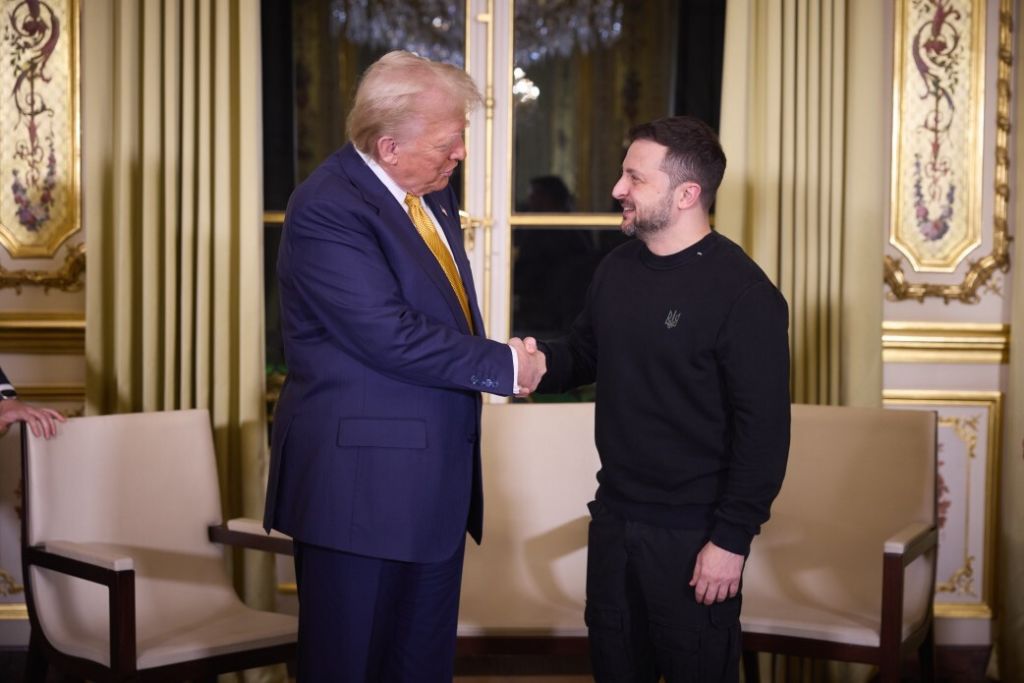Trump’s foreign policy picks reinforce this view. For example, Keith Kellogg, his choice for special envoy to Ukraine, co-authored a report earlier this year arguing that it is in America’s interest to ensure a “defeated and diminished Russia”, and that the next Trump administration should continue to arm Ukraine and refrain from asking Ukraine to relinquishing the goal of regaining all its territory. While Kellogg might have changed his mind over the past few months, this kind of mentality is unlikely to facilitate the reassessment of US-Russia relations that Putin views as essential for peace.
Europe, too, represents a major obstacle. Its leaders have shown little inclination toward diplomacy, with some actively opposing Trump’s overtures. Kaja Kallas, the EU’s new foreign affairs chief, recently dismissed the idea of pressuring Zelenskyy into peace talks, claiming that Putin is unwilling to negotiate. Meanwhile, the European Council has just adopted a new sanctions package vowing that “Russia must not prevail” and reconfirming “the EU’s unwavering commitment to providing continued political, financial, economic, humanitarian, military and diplomatic support to Ukraine and its people for as long as it takes and as intensely as needed”. This comes on the heels of an even more hawkish European Parliament resolution essentially calling for a total war against Russia — or World War III.
Europe’s economic and security interests clearly lie in ending the war and renormalising relations with Russia — a stance that enjoys growing support among European citizens. In this respect, Trump could be viewed as an opportunity: to the extent that the US has always viewed Nato as a way to ensure Europe’s strategic subordination, the president-elect’s threat of reducing US commitments to the alliance could present an occasion for Europe to redefine itself as an autonomous and peaceful actor. Instead, Europe appears to be reacting to its identity crisis by projecting the United States’ role onto itself, replicating the aggressive stance of its former protector.
Meanwhile, Nato’s general thrust seems unaffected by Trump’s impending return, suggesting that it answers more to the US military-security apparatus than it does to the White House. Hence, Mark Rutte, Nato’s new Secretary-General, recently said that the alliance shouldn’t be talking about peace but should instead focus on sending more weapons to Ukraine.
The path forward remains fraught with obstacles. Putin’s conditions for peace are uncompromising, Western leaders remain entrenched in their positions, and Europe’s hawkish stance only complicates matters further. For Trump, the challenge will be twofold: overcoming domestic resistance to concessions and navigating the geopolitical minefield of competing interests. While his desire to end the war is commendable, the complexities of achieving a lasting resolution will demand far more than quick fixes or bold proclamations.
The stakes couldn’t be higher. Without a serious commitment to diplomacy and a willingness to make difficult compromises, the conflict will either continue as a slow-burning war of attrition or be temporarily frozen, only to flare up again later. In either case, this will further antagonise Western-Russian relations — with catastrophic consequences for Ukraine, Europe and the world at large.
